
BIRDING IN
Liuwa Plain National Park

BIRDING IN
Liuwa Plain National Park

BIRDING IN
Liuwa Plain National Park

BIRDING IN
Liuwa Plain National Park
The headquarters of Liuwa Plain National Park are in Kalabo, on the banks of the Luanginga River, 20 kilometres west of the Zambezi floodplain. Visitors must check in here before continuing. The park itself sprawls between the Luanginga and Luambimba rivers, and is reached via a pontoon that carries vehicles across the Luanginga. It was formally gazetted in 1972, but Liuwa Plain's wildlife has been protected by the Litunga, paramount chief of the Lozi, since the 1800s. Large numbers of people live along the perennial rivers bordering the park, grazing their cattle on its fringes. As the floods regress, people fish in the temporary wetlands, spearing large barbel or catching smaller fish in traps. One has the sense that the Lozi people form an integral part of the ecosystem.
A sandy track leads from the ferry through an attractive mix of Burkea and Baikiaea woodland, until the trees fall away and you enter the vast, grassy plain that comprises most of the 3,660 sq km park. It has rapidly gained a reputation as one of the great wilderness parks of Africa. Best known for the second-largest wildebeest migration on earth, the plain also supports globally important populations of cranes, storks and other waterbirds, as well as a wealth of grassland species, including two endemic subspecies of larks. Getting to Liuwa is more than half the challenge, especially at the end of the wet season, when the Zambezi floodplain is impassable by road throughout much of the Western Province. You can fly directly to Kalabo from Livingstone which will give you wonderful overview of the landscape.
The Barotse floodplain is where the Zambezi spills out, forming an intricate maze of channels and flooded vegetation up to 50 kilometres wide. The sheer volume of water is astounding. Unlike most national parks, there is no fence or entrance gate. Herds of cattle are gradually replaced by wildebeest as you drive into the sanctuary.The instability caused by the Angolan bush war resulted in widespread poaching, causing reductions in many of the region's large-mammal populations. Fortunately, this situation has improved and numbers are recovering. The latest census estimated 34 000 wildebeest, 4 000 plains zebra, 1 200 red lechwe, 500 tsessebe and at least 1 000 oribi, hundreds of spotted hyaenas and a pack of African wild dogs.
Impressive water birds dominate the landscape after the rainy season. Large flocks of cranes, pelicans, storks, herons, ibises, spoonbills and ducks feed in the pans. Liuwa is the fourth most important site globally for Wattled Cranes, with nearly 200 breeding pairs. Some 1 000 gather on the plain, and flocks of up to 100 are regularly seen. Southern Crowned Cranes are just as abundant, with almost 800 counted at the end of the rains. Saddle-billed Storks are amazingly common, ranging across the plain as well as at wetlands. At least 100 pairs breed in the park. Another globally important species is the Slaty Egret, which usually occursin small numbers, but flocks of up to 30 have been reported.
Given the abundance of flooded grassland, crakes and rails are scarce, but Greater Painted-snipes and Lesser Jacanas are among the more skulking species, and Great Snipes probably are relatively common in summer. The damp grasslands also support both Rosy-breasted and Fülleborn'slongclaws, while Kurrichane and Black-rumped buttonquails occur in drier grassland. Liuwa is the only known breeding site in Zambia for Whiskered Terns, with thousands mingling with smaller numbers of White-winged Terns
They share the airspace above the wetlands with hundreds of Collared Pratincoles, which are joined in summer by tens of thousands of Black-winged Pratincoles. On their southward migration, much of the world population of Black-winged Pratincoles apparently passes through the park, with 100, 000 counted in one day in mid November. Raptors are abundant in Liuwa, with African Fish-Eagles and Bateleurs vying for statistical supremacy. In the centre of the plain, breeding sites are extremely limited, forcing some pairs of fish-eagles to breed cheek by jowl in the sametree.
Other birds here include; African Marsh-Harriers, Greater Kestrels, Whitebacked, White-headed and Lappet-faced vultures, Denham's Bustards, Whitebellied Bustards, central African race, Yellow-throated Sandgrouse, Swamp Nightjars, pipits, larks, African, Buffy and Plain-backed pipits, Eastern Clappe, and Pink-billed Spizocorys, the Red-capped Larks, Calandrellacinereasaturatior, Green-capped Eremomelas, Red-capped Crombecs, Souza's Shrikes Scarlet-chested and Amethyst.
Our Experts are ready to provide answers
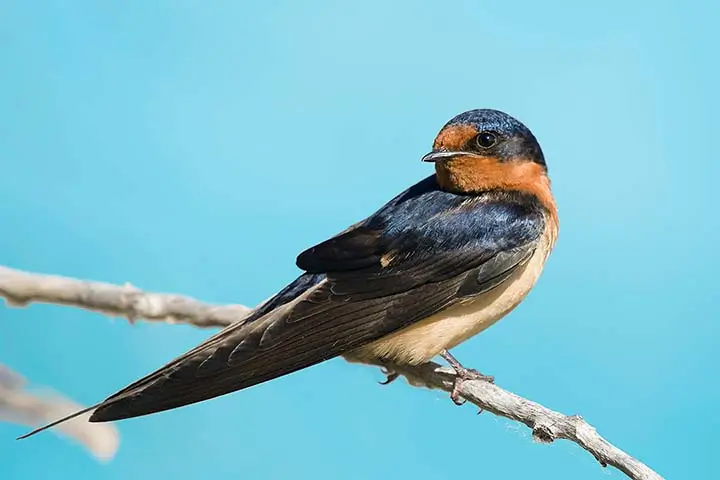
Bangweulu Swamps between Serenje and Samfya is the place for Shoebills, several camps and other good birding spots nearby e.g. Kasanka and Lavushi Manda National Parks.
Read More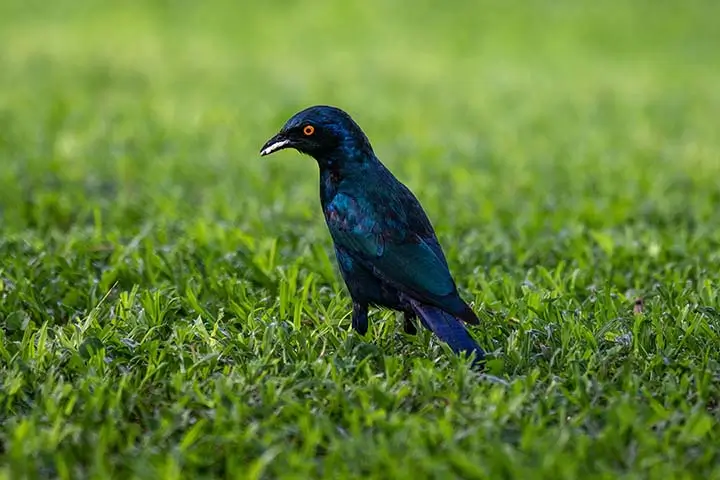
Chimfunshi is recognised as an Important Bird Area, an area recognised as being a universally important habitat for the conservation of bird populations. Chimfunshi is one of about 10,000 IBAs worldwide.
Read More
Kasanka is a great birding destination, with just over 470 species recorded in what is a very small area. The park is home to a few species at the edge of their range, more commonly associated with Central Africa.
Read More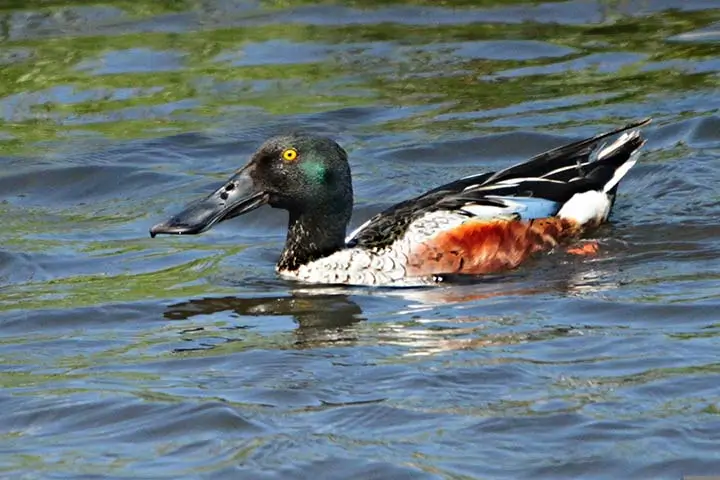
Some of the best wetland birding in the world can be seen here that is to saywaterbirds, camping or day trips.
Read More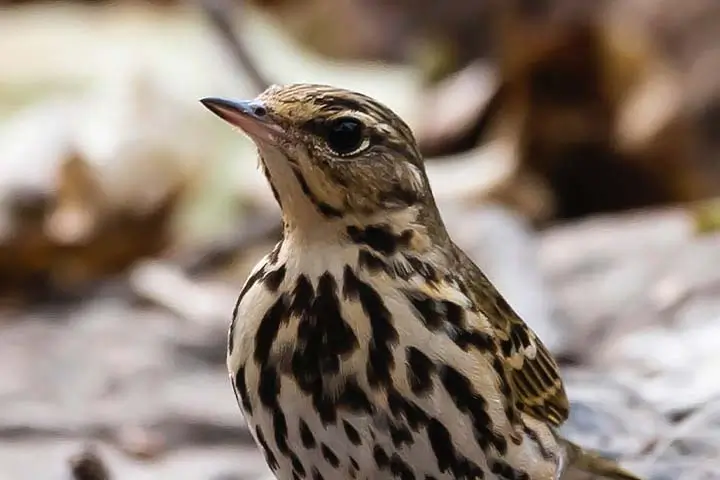
Mutinondo is listed as an Important Bird Area of special interest, with an incredible 362 species on the list; remarkable for such a small reserve.
Read More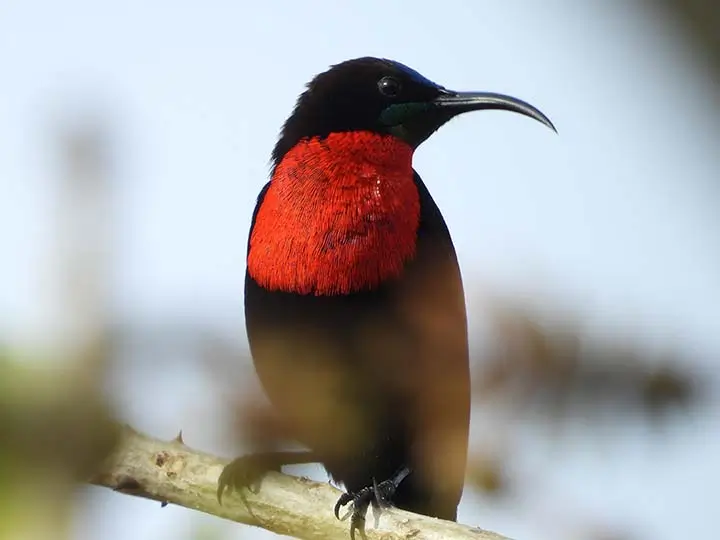
The Mwinilunga area is best known for the accessible Congo-Guinean forest areas and the big number of birding specials that can be found in the forest areas.
Read More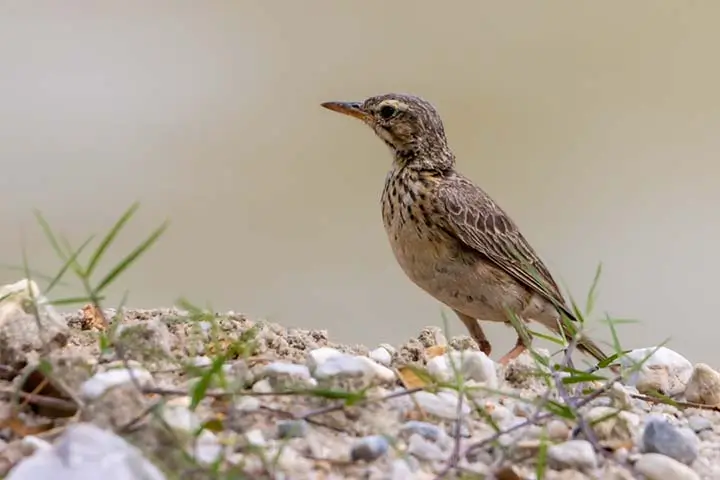
Nkanga River Conservation Area near Choma in southern Zambia, the best site for Zambia's endemic, Chaplin's Barbet, within easy reach of Victoria Falls, Kafue National Park and Lochinvar.
Read More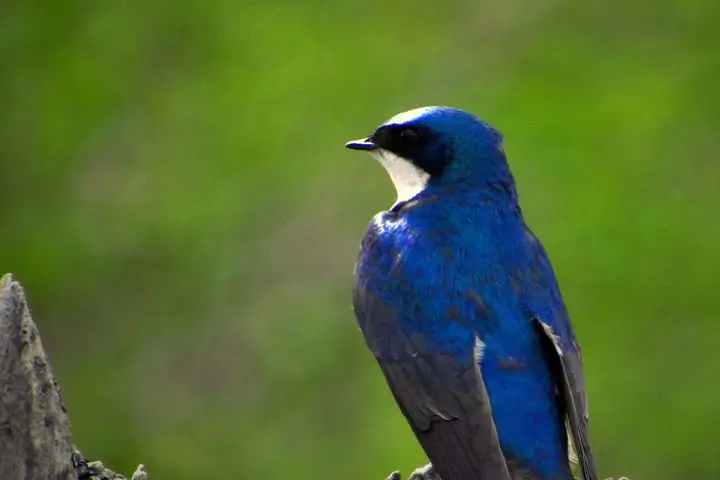
Nyika National Park is the best area to find all the montane specials, camping, or accommodation on Malawi side close by.
Read More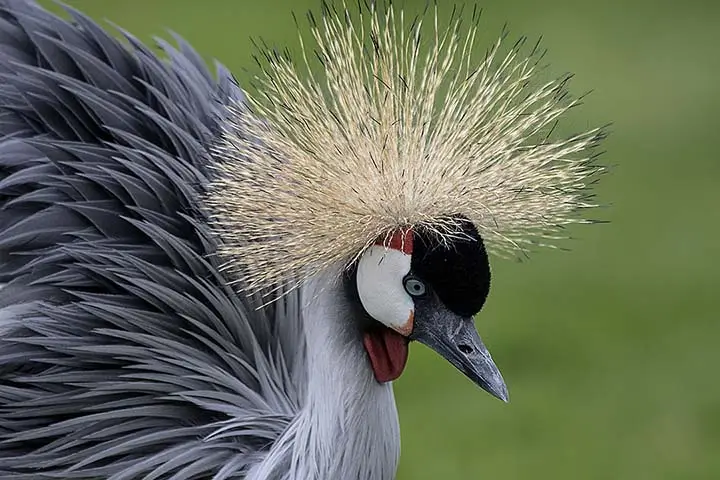
outh Luangwa is a birder's paradise. With about 400 of Zambia's 732 species of birds occurring in the park, including 39 birds of prey and a large number of migrants from northern climes, there is plenty for the birdwatcher to spot.
Read More
Hike along the footpaths of the park, looking for some of the special bird species that occur here, including the beautiful Schalow's Turaco, loud Trumpeter Hornbill, quite rare Collared Palm Thrush, Verreaux's Eagle.
Read More